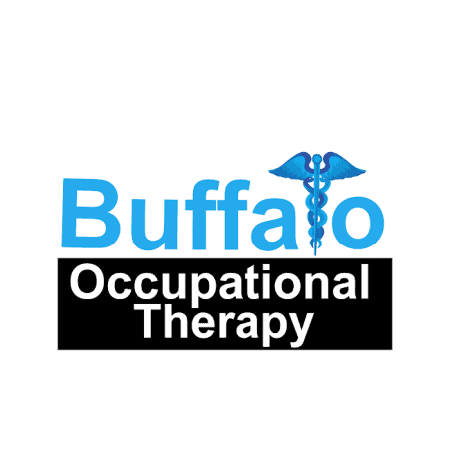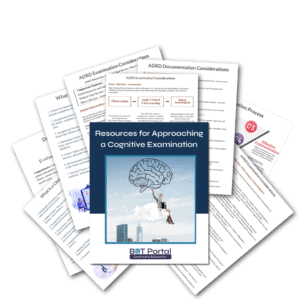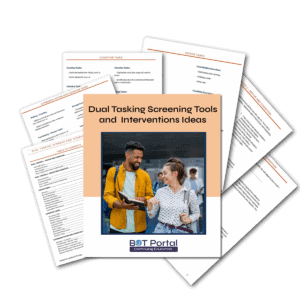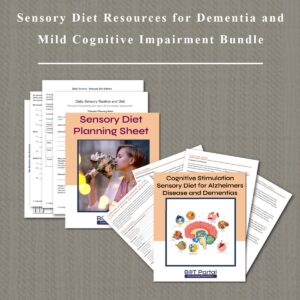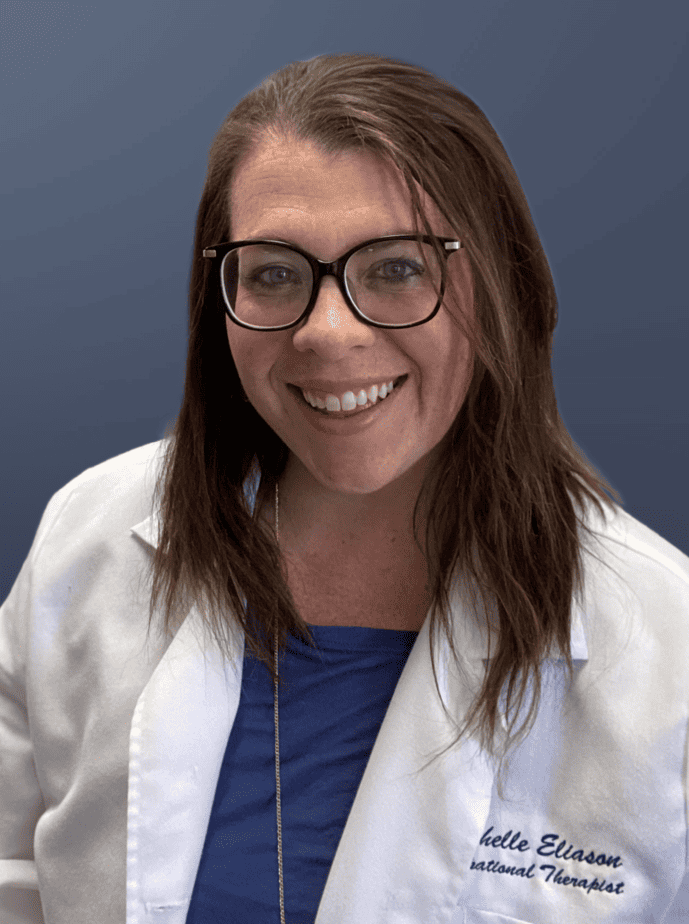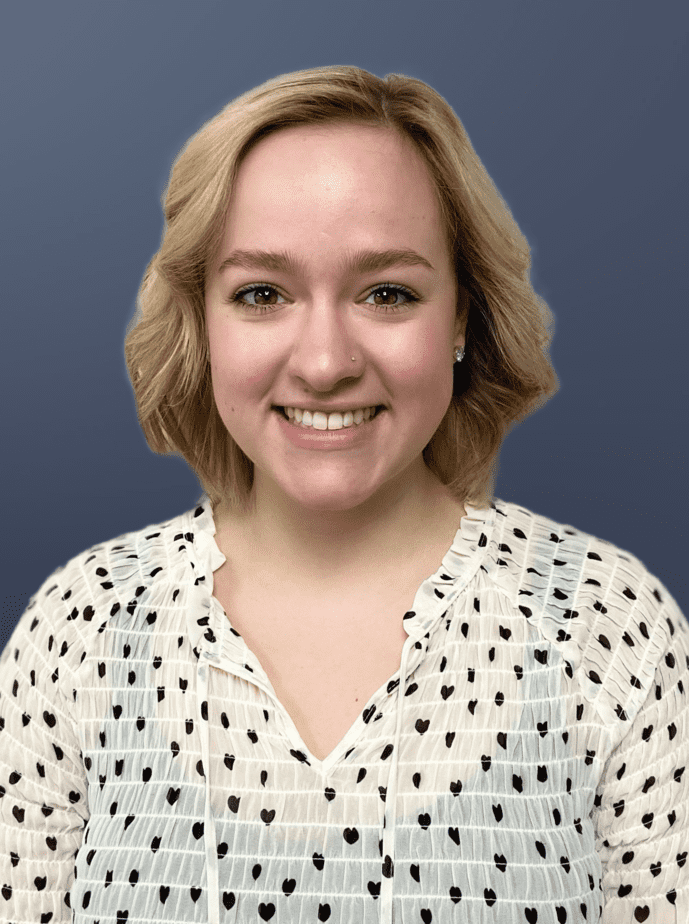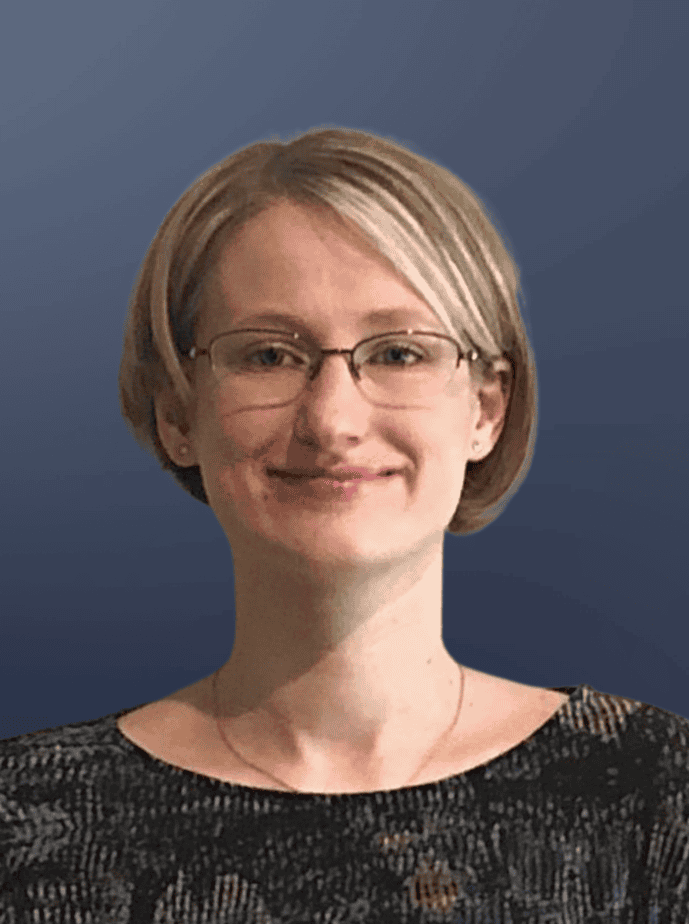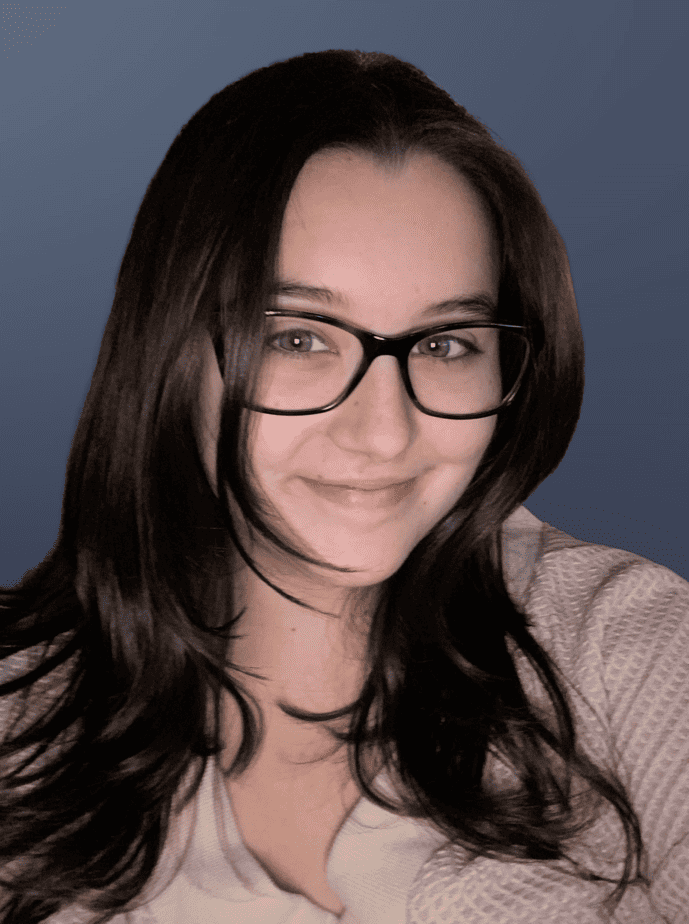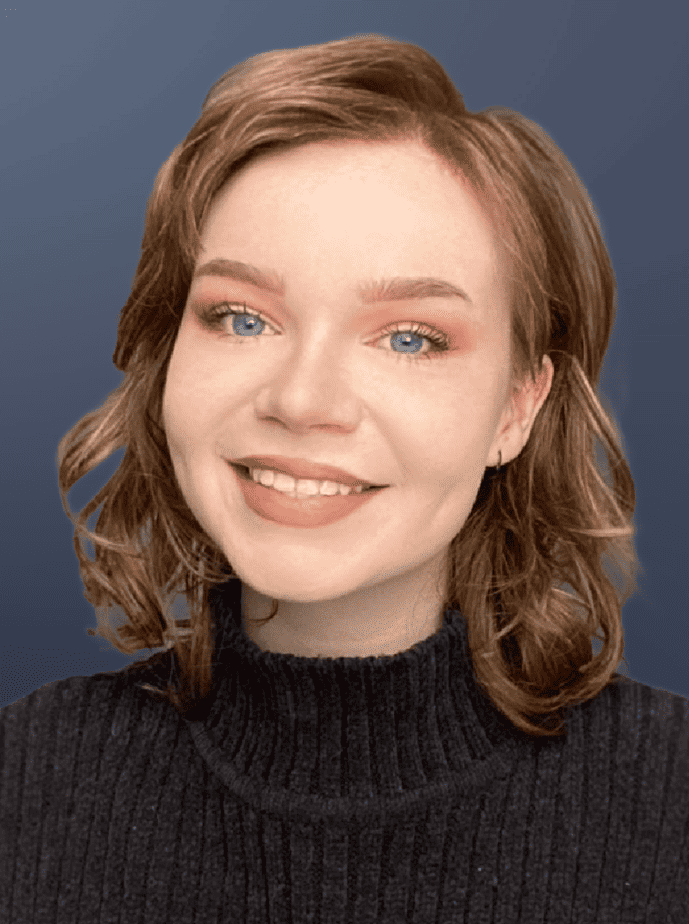Brain and Body
Brainwaves of America™: Neurological Management
A specialized brain and body training for memory and movement
Highly Specialized
The only clinic in WNY to specialize in addressing the emotional, mobility, and cognitive needs unique to the aging or pathological brain – brain and body program for memory and motor loss.
Board-Certified & NYS Registered Clinicians
All memory specialists are licensed therapists providing you the most current cognitive stimulation interventions
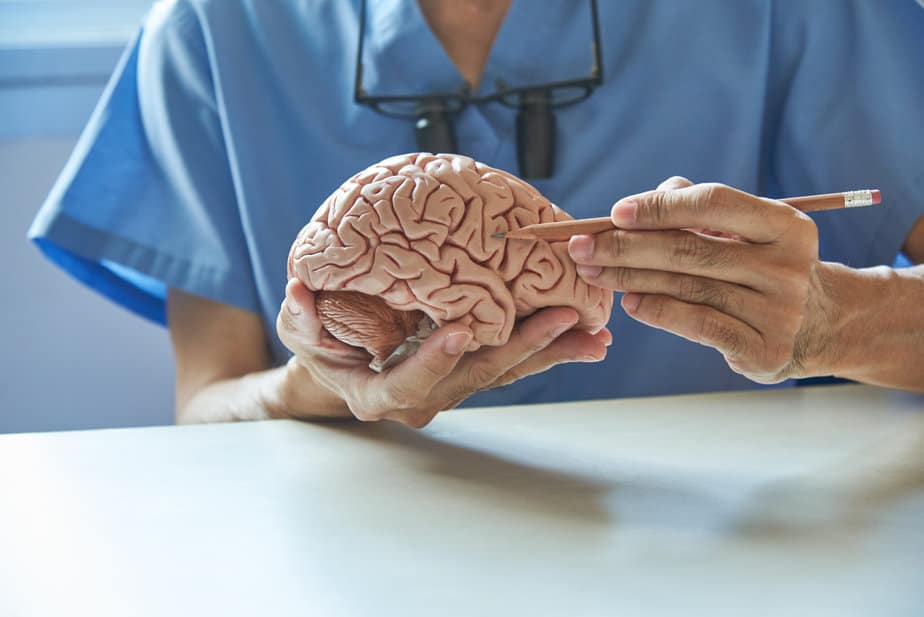
Specialized Brain and Body Training in Buffalo, NY
To train both thinking and movement skills together, you need to understand how the brain and body work together. This understanding, known as functional neuroanatomy, is essential. However, medical insurance often has strict rules that limit how we can practice the latest evidence-based methods for improving memory and mobility. These rules restrict the time we can spend on tasks, the methods we can use, and how we explain them. Unfortunately, insurance systems are slower to adapt to new developments in memory and brain science. Despite these challenges, Brainwaves of America™ Buffalo offers the latest in-person techniques for memory training in Western New York.
Browse the Resource Store!
Not ready to be guided by your personal memory specialist? You can purchase some of our cognitive stimulation materials like brain and memory exercises in our online store.
Specific Diagnoses that may benefit from Brainwaves™ Buffalo
Brain and Body Synchrony
Brainwaves of America™ is a specialized in-person and virtual neurological management program that includes a variety of methods to help you manage your neurogenic journey.
Our Activity Connection sessions give you access to a personal memory specialist who can provide a full-spectrum cognitive stimulating session for up to 90-minute intensives using knowledge of your cognitive status, brain and body health, physical skills, and emotional needs. Every memory specialist is a board-certified and Registered Occupational Therapy Practitioner.
No Referral Necessary!
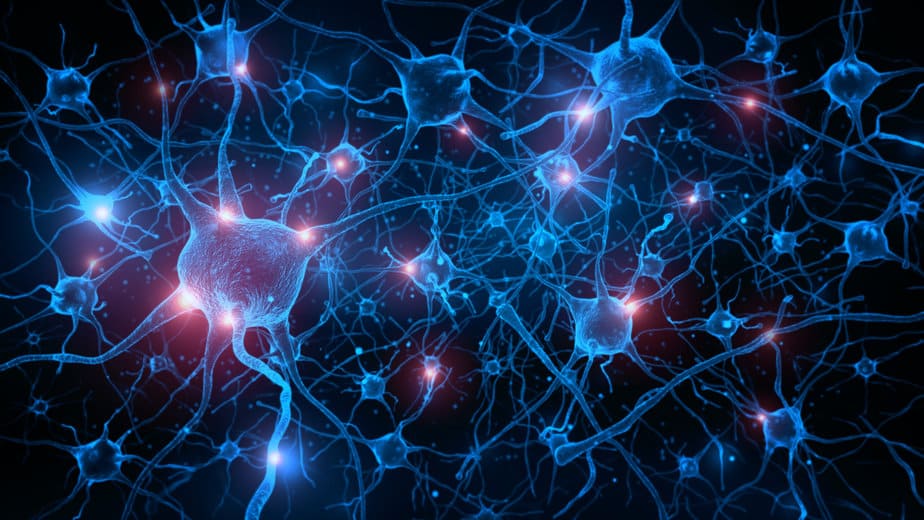
Memory Training Exercises
Tailored brain training according to your condition, concerns, and goals.

Cognitive Motor Training
Neurodegenerative conditions affect motor as much as cognition, our programs address both.

Dual Tasking
Intensive ‘Just Right Challenges’ for every level of memory concern and brain health.

Targeted Memory Tasks
Your memory specialist knows current research for treatments as well as functional neuroanatomy to target your unique needs.

Personal Memory Specialist with Team Approach
Although you are assigned a Personal Memory Specialist who will conduct your evaluation, you will see the team. This is a strategic approach to address social memory skills and ensure you have a relationship with each of them.

Superior Memory Support
We are here to support you on your memory journey. We do our best to address your needs and answer your questions.

Not local to our clinic?
No worries! Checkout Brainwaves™ of America. Brainwaves™ offers a unique subscription-based program for individuals facing neurological challenges. With access to expert guidance, research-supported activities, and ongoing support, Brainwaves™ brings high-quality neurological care directly to you. Say goodbye to transportation worries and scheduling conflicts – join Brainwaves™ today and take the first step towards a brighter, healthier future!
Are you a Candidate for Brainwaves of America™
You may be a candidate for Brainwaves brain and body program if you are experiencing any of the following symptoms:
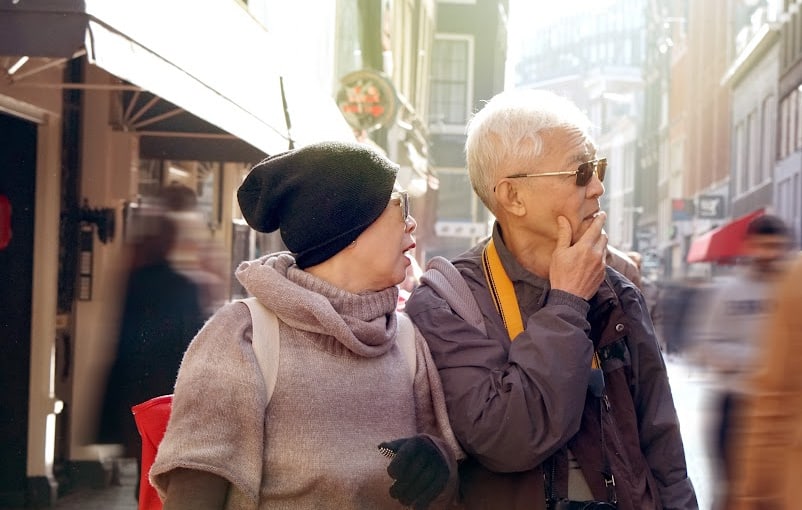
Immediate Recall Difficulty
Immediate Recall Difficulty
Struggling to remember information right after learning it.
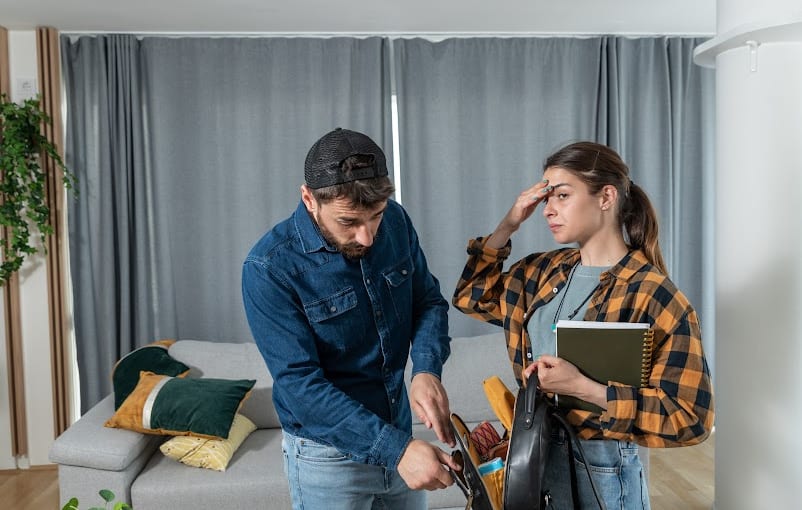
Working Memory
Working Memory
Do you find it challenging to remember things you just learned or heard? This could be a sign of dementia.
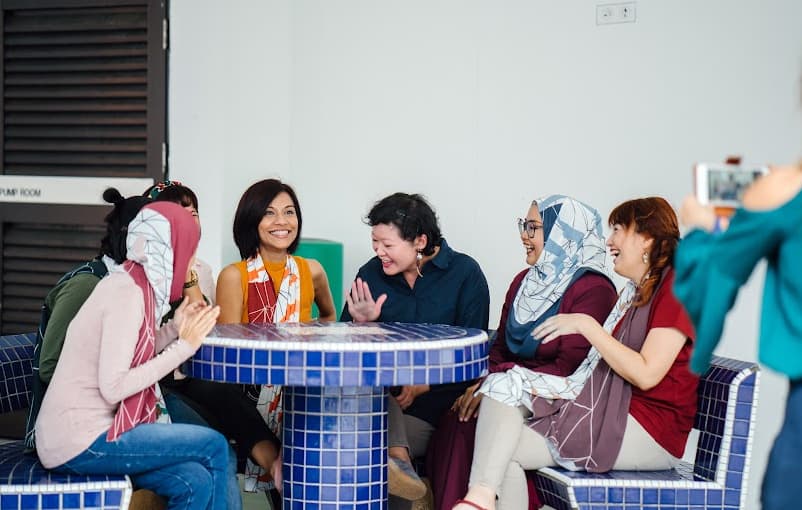
Episodic Memory
Episodic Memory
Trouble remembering specific events or experiences from your past.

Autobiographical Memory Changes
Autobiographical Memory Changes
Memories across your lifespan become less detailed and more vague.
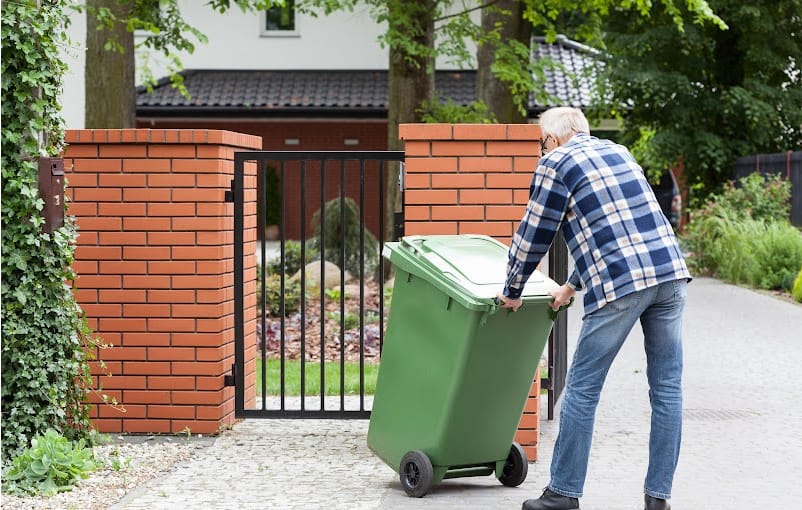
Prospective Memory Challenges
Prospective Memory Challenges
Difficulty remembering to perform tasks in the future without external reminders.

Slower Retrieval and Rapid Forgetting
Slower Retrieval and Rapid Forgetting
Finding it takes longer to recall information, and forgetting things more quickly.
Pricing for In-Person Brainwaves Sessions
Brainwaves™ has enabled Buffalo OT to bring our services nationwide and make brain and body (memory and movement) activities accessible to those who are not close to neurological healthcare professionals. Being local to Buffalo, NY has allowed us to offer this same value to our local community as we strive to help our WNY family protect their brain health and manage their nervous system health after a neurological trauma, being diagnosed with a neurological degenerative condition, or experiencing mild cognitive impairment. It is important for us to speak with you about your needs, and explain the benefits of our program for your unique circumstances. Please contact us to discuss your needs and find out more about pricing.
Brainwaves™
Level 1 : In-person- Assigned a Personal Memory Specialist
- Intensive Cognitive Mobility Training
- Targeted Cognitive Stimulation Tasks designed based on regional brain areas and networks
- Specific activities tailored to address 15+ areas of memory and executive function
- + Dual Tasking Training – Activities requiring knowledge of your diagnosis, functional neuroanatomy, and scientific activity analysis to tailor an activity that simultaneously addresses cognitive and cognitive-motor needs.
- Medical professional specialized in memory, neurodegenerative conditions, the brain, and the latest research to address your memory needs.
Brainwaves™
Level 2: In-person- Assigned a Personal Memory Specialist
- Intensive Cognitive Mobility Training
- Targeted Cognitive Stimulation Tasks designed based on regional brain areas and networks
- Specific activities tailored to address 15+ areas of memory and executive function
- + Dual Tasking Training – Activities requiring knowledge of your diagnosis, functional neuroanatomy, and scientific activity analysis to tailor an activity that simultaneously addresses cognitive and cognitive-motor needs.
- Medical professional specialized in memory, neurodegenerative conditions, the brain, and the latest research to address your memory needs.
Brainwaves™
Level 3 : In-person- Assigned a Personal Memory Specialist
- Intensive Cognitive Mobility Training
- Targeted Cognitive Stimulation Tasks designed based on regional brain areas and networks
- Specific activities tailored to address 15+ areas of memory and executive function
- + Dual Tasking Training – Activities requiring knowledge of your diagnosis, functional neuroanatomy, and scientific activity analysis to tailor an activity that simultaneously addresses cognitive and cognitive-motor needs.
- Medical professional specialized in memory, neurodegenerative conditions, the brain, and the latest research to address your memory needs.
Comprehensive Consultation
Neurofunctional Exam- One-on-one comprehensive Cognitive and Motor Evaluation by a Registered Occupational Therapist trained in neurorehabilitation and memory to determine your overall baseline
- Occupational and clinic interview where you will bring your medical information and questions, and we will discuss your journey, current and future concerns, and goals.
- A written Comprehensive Evaluation containing interviews, observations, objective measures, and recommendations.
Memory Specialists
Michelle Eliason, MS, OTR/L
Owner, Cognitive Scientist,
Hannah DiFrancesco, COTA/L, NASM-CES
Clinic Manger, Lead Memory Specialist
Adrianna Brown, MS, OTR/L
Memory and Movement Specialist
Marti Greco, MS, OTR/L
Memory and Movement Specialist
Brooke Kirisits, MS, OTR/L
Memory and Movement Specialist
BOT’s mission is to promote memory and brain health in WNY.

